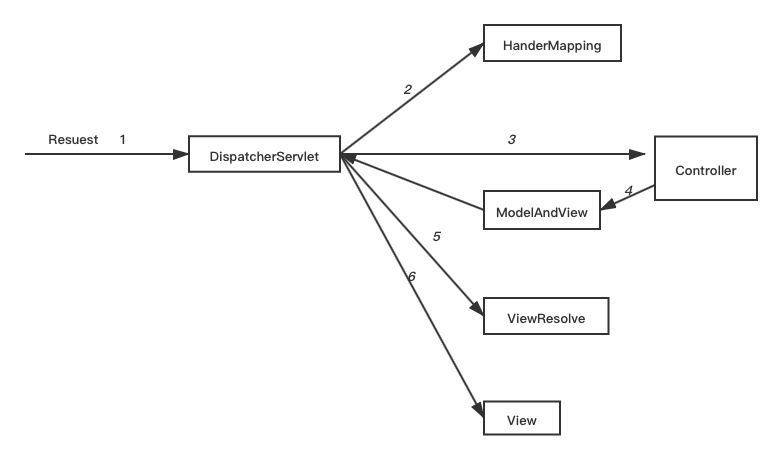I am using code position calculation. So how could I show the output the result in the terminal?
#include <ros/ros.h>
#include <std_msgs/Float32MultiArray.h>
#include <opencv2/opencv.hpp>
#include <QTransform>
#include <geometry_msgs/Point.h>
#include <std_msgs/Int16.h>
#include <find_object_2d/PointObjects.h>
#include <find_object_2d/Point_id.h>
#define dZ0 450
#define alfa 40
#define h 310
#define d 50
#define PI 3.14159265
void objectsDetectedCallback(const std_msgs::Float32MultiArray& msg)
{
int x,y,z;
ros::NodeHandle nh;
ros::Publisher position_pub_=nh.advertise<find_object_2d::PointObjects>("point", 1);
find_object_2d::PointObjects p_objects;
find_object_2d::Point_id objeto;
p_objects.objeto = std::vector<find_object_2d::Point_id>(msg.data.size()/12);
for(unsigned int i=0; i<msg.data.size(); i+=12)
{
// get data
int id = (int)msg.data[i];
float objectWidth = msg.data[i+1];
float objectHeight = msg.data[i+2];
// Find corners Qt
QTransform qtHomography(msg.data[i+3], msg.data[i+4], msg.data[i+5],
msg.data[i+6], msg.data[i+7], msg.data[i+8],
msg.data[i+9], msg.data[i+10], msg.data[i+11]);
QPointF qtTopLeft = qtHomography.map(QPointF(0,0));
QPointF qtTopRight = qtHomography.map(QPointF(objectWidth,0));
QPointF qtBottomLeft = qtHomography.map(QPointF(0,objectHeight));
QPointF qtBottomRight = qtHomography.map(QPointF(objectWidth,objectHeight));
geometry_msgs::Point punto;
float widthTop = sqrt(pow(qtTopRight.x() - qtTopLeft.x(),2) + pow(qtTopRight.y() - qtTopLeft.y(),2));
float widthBottom = sqrt(pow(qtBottomRight.x() - qtBottomLeft.x(),2) + pow(qtBottomRight.y() - qtBottomLeft.y(),2));
float heightLeft = sqrt(pow(qtBottomLeft.x() - qtTopLeft.x(),2) + pow(qtBottomLeft.y() - qtTopLeft.y(),2));
float heightRight = sqrt(pow(qtBottomRight.x() - qtTopRight.x(),2) + pow(qtBottomRight.y() - qtTopRight.y(),2));
float dArea_0 = (objectHeight*objectWidth) - (((widthTop + widthBottom)/2) * ((heightLeft + heightRight)/2));
float dZ_0 = dZ0 + (dArea_0/10);
float dY_0 = (((480/2) - (((qtTopLeft.y() + qtTopRight.y())/2) + ((heightLeft + heightRight)/4)))*dZ_0)/585;
float beta_0 = atan2(dY_0,dZ_0);
objectHeight = objectHeight/cos((alfa*PI)/180);
float height = ((heightLeft + heightRight)/2)/cos(((alfa*PI)/180)-beta_0);
float dArea = (objectHeight*objectWidth) - (((widthTop + widthBottom)/2) * height);
float dZ = dZ0 + (dArea/38);
float dX = (((640/2) - (((qtTopLeft.x() + qtBottomLeft.x())/2) + ((widthTop + widthBottom)/4)))*dZ)/585;
float dY = (((480/2) - (((qtTopLeft.y() + qtTopRight.y())/2) + ((heightLeft + heightRight)/4)))*dZ)/585;
float beta = atan2(dY,dZ);
punto.x = dX;
punto.y = h-((dZ/cos(beta))*sin(((alfa*PI)/180)-beta));
punto.z = ((dZ/cos(beta))*cos(((alfa*PI)/180)-beta))-d;
ROS_INFO("x: %f y: %f z: %f", punto.x,punto.y,punto.z);
//Validate detection
int paralelepipedo;
if (abs(widthTop - widthBottom) < 20 && abs(heightLeft - heightRight) < 15)
{
paralelepipedo = 1;
}
else
{
paralelepipedo = 0;
}
if (paralelepipedo == 1)
{
objeto.punto = punto;
objeto.id = id;
p_objects.objeto[i/12] = objeto;
}
}
position_pub_.publish(p_objects);
}
int main(int argc, char** argv)
{
ros::init(argc, argv, "objects_detected");
ros::NodeHandle nh;
ros::Subscriber subs = nh.subscribe("objects", 1, objectsDetectedCallback);
ros::Publisher position_pub_=nh.advertise<find_object_2d::PointObjects>("point", 1);
ros::spin();
return 0;
}
I added ROS_INFO("x: %f y: %f z: %f", punto.x,punto.y,punto.z); to try to output the result out to the terminal however it can't seem to work. Is there any other way to output the result to the terminal?





